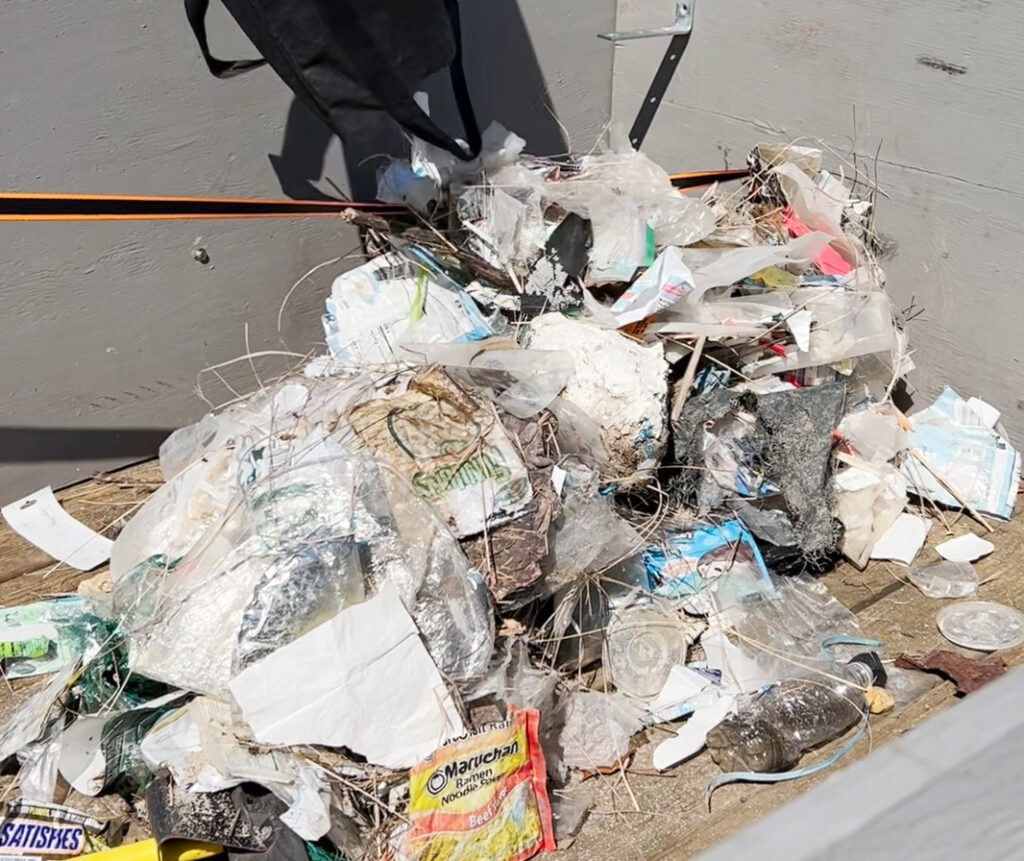Editorial: An effort to ‘save what’s left’ in the sky

A bold new front has opened in our effort to hold on to what we have, to “save what’s left” and, through strong ideas and a lot of hard work, keep the North Fork from going the way of the rest of Long Island, which is to say poorly planned.
Short- and long-term planning, and doing what we can to preserve the relatively rural lifestyle we still have here, is goal No. 1 for North Fork residents and town officials. We all know this. The goal is to pull it off while there is still time, to get the details right. And the clock is ticking loudly.
There are plenty of red flags out there. The U.S. Census Bureau reported last year that people are leaving New York at a faster rate than any other state in the nation. We could spend the rest of the year listing causes for that, but it is safe to mention these two: It costs too much to live here and local communities have changed in ways that erased their charm and beauty.
The Mattituck-Laurel Civic Association’s Monday meeting agenda included a fantastic idea that fits beautifully under the “save what’s left” mantra: the Dark Skies Initiative.
Put simply, the idea — which is not new in many American communities —is to restrict the use of bright lights around houses and businesses so that we can step outside and see the sparkling diamond-beauty of the Milky Way on a clear night. So that we can be truly rural. Three experts spoke eloquently about light pollution, the dangers of glare and the long-term health implications of bright lights that obliterate darkness, but they can all be summed up with the goal of keeping the sky dark enough so that we can see billions of stars above us.
Mary Eisenstein of the Southold Town Planning Board, the force behind setting up Monday night’s meeting, summed it up this way: “My thought was that we are still a small enough place where we can actually accomplish this.” Well put.
Our civic associations across the North Fork promote community spirit and get-involved activism. With this initiative, the MLCA stands out as an idea factory, and Ms. Eisenstein and its members deserve huge props. Consider this another shot in the effort, now at least a generation old, to hold on and resist unplanned, chaotic change by controlling it so that it works to our advantage. So that we keep what we have.
It is important to point out that this effort is not NIMBY politics, nor is it another chapter in the Land of No book of rules, nor is it red versus blue here in Southold, where we want small town, New England-style common-sense governing. Ugly partisan politics accomplish nothing. Read the news from other parts of Long Island. We can’t build a wall or pull up the drawbridge to keep it away — but we can plan our way forward in ways that keep Southold Southold.
What we have here is unique. What steps are we willing to take in the coming years to hold on to it? Well, the MLCA has come up with a good one, and it needs to be carried out.
The experts at the meeting showed satellite images, with western and central Long Island white with bright lights and parts of both forks still somewhat dark. A longtime advocate from Southold’s Custer Institute in Southold spoke about his students counting fewer and fewer stars with a makeshift telescope because the lights get brighter each year and blot them out. He also said there are fewer and fewer days when we can look up and see the bright river of the Milky Way.
The MLCA has brought forward a must-do plan. Again, it is not a new plan across the country, but it needs solid support here. Southold Town has codes on light pollution already on the books, which restrict bright, upward pointing landscape lights, for example, or lights from a neighbor’s house that invade your home, on construction after 2010.
We now have a way forward.








